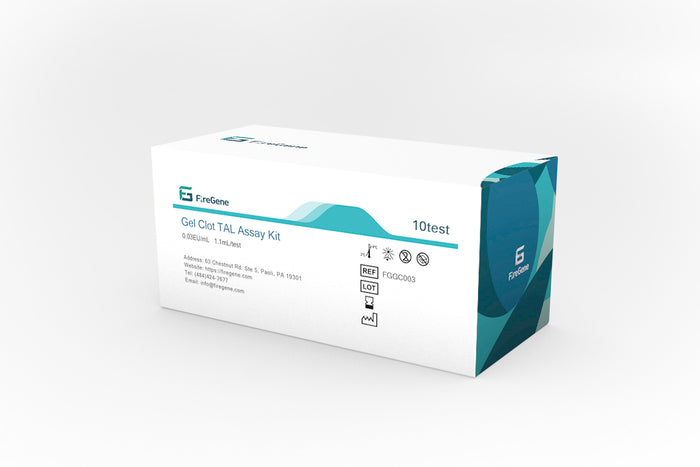Endotoxin Testing with Gel-Clot Reagents: Principles and Applications

# Endotoxin Testing with Gel-Clot Reagents: Principles and Applications
## Introduction to Gel-Clot Endotoxin Reagents
Gel-clot endotoxin reagents are essential tools in pharmaceutical and medical device industries for detecting bacterial endotoxins. These reagents form the basis of one of the most widely used methods for endotoxin testing, known as the gel-clot technique. The method is based on the clotting reaction of horseshoe crab (Limulus polyphemus) blood in the presence of endotoxins.
## The Principle Behind Gel-Clot Testing
The gel-clot method operates on a simple yet powerful biological principle. When endotoxins interact with the Limulus Amebocyte Lysate (LAL) reagent, derived from horseshoe crab blood, a series of enzymatic reactions occur:
– Endotoxin activates Factor C in the LAL reagent
– Activated Factor C then activates Factor B
– The proclotting enzyme is subsequently activated
– Finally, the coagulogen protein is cleaved to form an insoluble gel
This gel formation indicates the presence of endotoxins above the detection limit of the test.
## Components of Gel-Clot Endotoxin Reagents
A complete gel-clot testing system typically includes:
– LAL reagent (lyophilized or liquid form)
– Control Standard Endotoxin (CSE)
– LAL Reagent Water (LRW)
– Positive product controls
– Negative controls
## Applications in Pharmaceutical Industry
Gel-clot endotoxin testing finds extensive applications in:
### 1. Quality Control of Parenteral Products
All injectable pharmaceuticals must be tested for endotoxin contamination to ensure patient safety. The gel-clot method provides a reliable, cost-effective solution for this critical testing.
### 2. Medical Device Testing
Implantable and other medical devices that contact blood or cerebrospinal fluid require endotoxin testing. Gel-clot reagents are often used for this purpose due to their simplicity and reliability.
### 3. Raw Material Screening
Pharmaceutical manufacturers use gel-clot testing to screen raw materials for endotoxin contamination before they enter the production process.
## Advantages of Gel-Clot Method
The gel-clot technique offers several benefits:
– Simple visual endpoint determination
– No expensive equipment required
– High specificity for endotoxins
– Cost-effective for low-volume testing
– Long shelf life of lyophilized reagents
## Limitations and Considerations
While highly useful, the gel-clot method has some limitations:
Keyword: Gel-Clot Endotoxin Reagents
– Subjective interpretation of results
– Limited quantitative capability compared to chromogenic methods
– Sensitivity limited to about 0.03 EU/mL
– Requires strict temperature control during testing
## Regulatory Acceptance
The gel-clot method is fully recognized by major pharmacopeias:
– United States Pharmacopeia (USP )
– European Pharmacopoeia (EP 2.6.14)
– Japanese Pharmacopoeia (JP 4.01)
## Future Perspectives
While newer methods like chromogenic and turbidimetric assays are gaining popularity, the gel-clot method remains a gold standard for many applications. Ongoing research focuses on improving reagent stability and developing recombinant alternatives to natural LAL.
Gel-clot endotoxin reagents continue to play a vital role in ensuring the safety of pharmaceutical products and medical devices worldwide. Their simplicity, reliability, and regulatory acceptance make them indispensable tools in quality control laboratories.